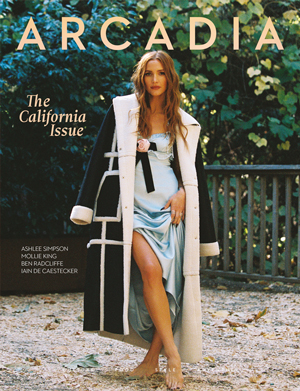Wedding traditions have a lot of significance. It has a rich history and deep meaning attached to it. A wedding is not just any event; it is one of the most important chapters of one’s life. It is a chapter that welcomes lifelong companionship with the love of your life.
So, if you have ever wondered why the bride carries a bouquet or why couples cut a wedding cake, you are at the right place. For instance, understanding the meaning behind giving sweet treats to guests will help you with your wedding bonbonniere ideas. For reference, the tradition of bonbonniere dates back to early Europe, where presenting sweet treats was seen as a luxurious gesture.
1. The Exchange of Wedding Rings
One of the most significant elements of a wedding is the wedding ring. The tradition of wearing wedding rings dates back to ancient Rome, when metal was just being discovered. It may sound very orthodox, but the tradition of wearing a ring by the woman meant ownership by the man.
2. Bride Carrying a Bouquet
You have seen brides carry beautiful bouquets of lilies, roses, and peonies on their wedding day. However, during ancient times, this tradition was practised to ward off evil spirits. Hence, brides would hold bouquets made of herbs and spices including garlic, dill, and coriander. This tradition changed in 1840 when Queen Victoria carried a bouquet of snowdrops to her wedding.
3. Wearing the Wedding Ring on the “Wedding Finger”
Ancient Romans believed that the fourth finger on the left hand had a vein that was directly connected to the heart. Wearing the wedding ring on this finger nurtures love and affection. This is the reason why people have been wearing their wedding rings on this finger.
4. Walking the Bride Down the Aisle
The tradition of walking down the aisle signifies giving away the bride to the groom. In the Jewish tradition, both the mother and father walk their daughter or son down the aisle and “give them away” to each other. This signifies that both the bride and the groom have grown up and are starting their lives together.
5. Tying the Knot
In Hindu culture, the hands of the bride and groom are tied together, signifying their commitment to each other. This symbolises their unbreakable lifelong bond and a promise to stay with each other forever. The phrase “tying the knot” also signifies that from now on, the bride and the groom will face everything that life throws at them together and will be with each other through thick and thin.
6. Honeymoon
The term honeymoon was first used in the 15th century to describe the sweetness of the initial period after marriage. However, today, the honeymoon is a holiday that couples take right after getting married. For ideas, if you are newly married and looking for some beautiful honeymoon destinations, you can go to New South Wales, which will help you get closer to winding highways, plateaus, and nature.
7. Cutting the Wedding Cake
In ancient Rome, a loaf of bread was broken on top of the bride’s head as a symbol of fertility. While the bride and the groom shared the pieces of the bread, the guests would scoop up the bread crumbs. This tradition symbolised good fortune. In today’s age, this tradition has transformed into cutting the wedding cake, which signifies a prosperous future.
Conclusion
A wedding is one of the most beautiful events of an individual’s life, and the traditions have a lot of significance. If you are planning your wedding, knowing about these traditions will help you incorporate them into your ceremony and help you enjoy your wedding day. It will also ensure that you are stepping into the new journey of your life with a positive mind and attitude. Every tradition has a meaning, and while some may sound orthodox in the 21st century, it is always important to understand their significance.







